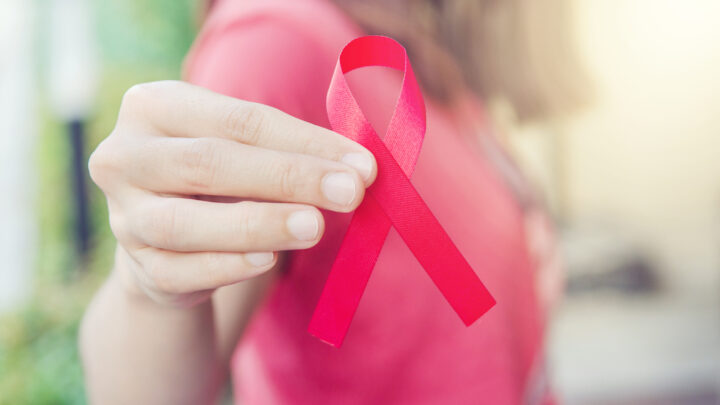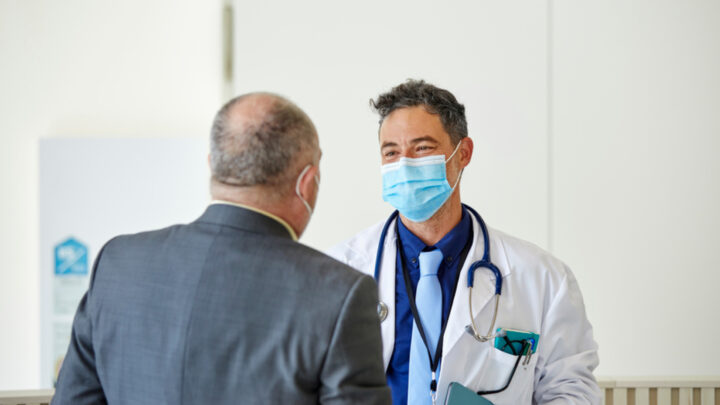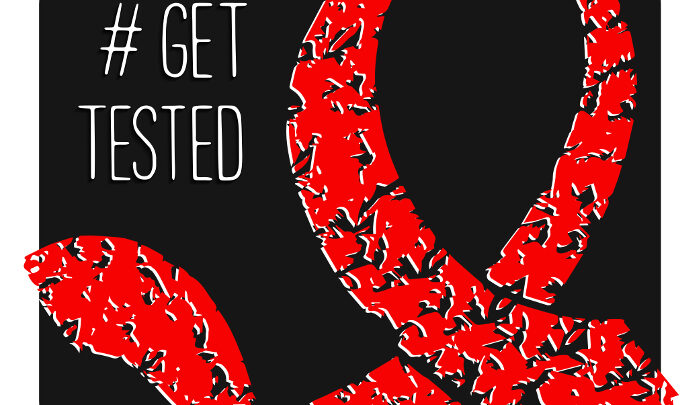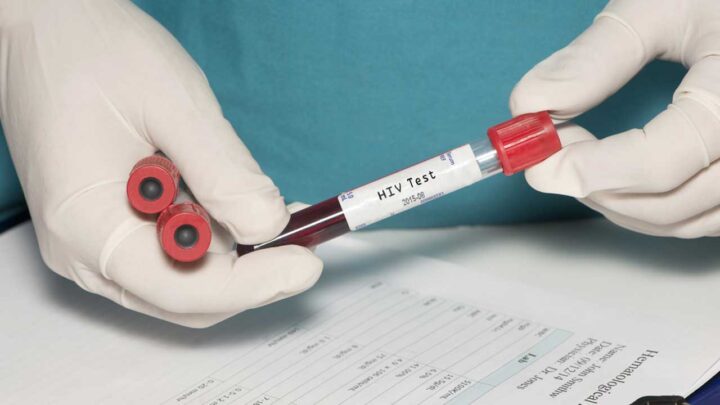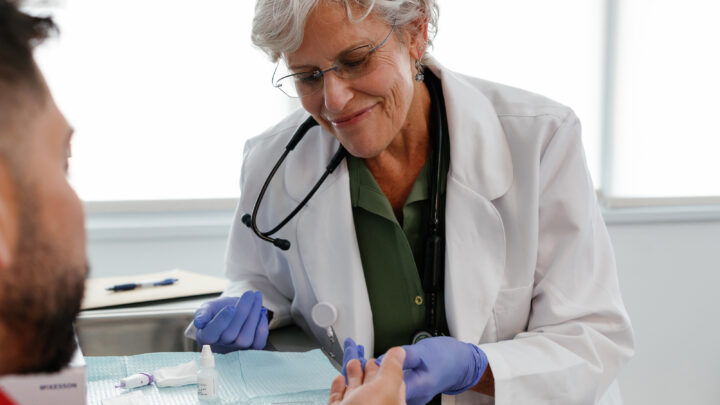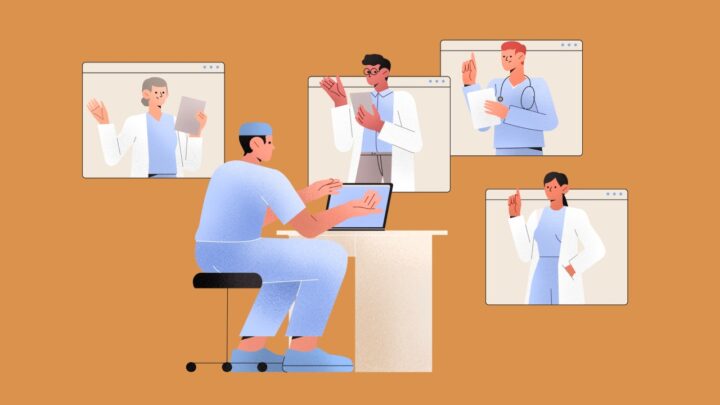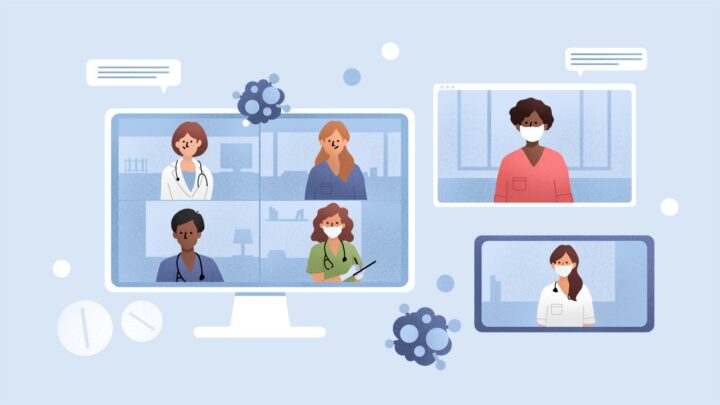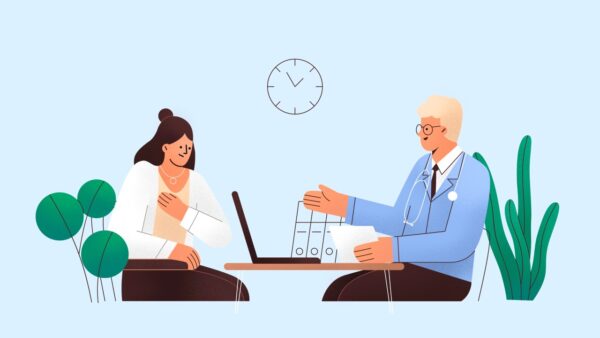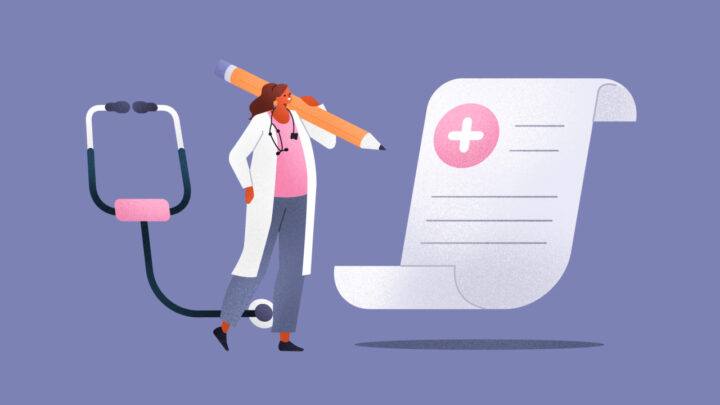
Ask and Tell
By Lealah Pollock, MD
In the United States, one in five people newly diagnosed with HIV is a woman. [1] A disproportionate amount of these diagnoses are among women of color and most of the diagnoses are attributable to heterosexual sex. Before diagnosis, many of these women may never visit an STD clinic or dedicated HIV testing site. However, they are coming into your clinic. If we do not routinely integrate HIV testing and prevention counseling into family planning and OB/GYN services, then we are missing an important opportunity to stop the spread of HIV.
I am a primary care and reproductive health care provider for cisgender and transgender women living with HIV. Last month, I saw a new patient in clinic. She is an African American cisgender woman in her 40s, newly diagnosed with HIV. Over the previous years, she had seen various women’s health providers for Pap smears and checkups. She was diagnosed and treated for multiple STIs. But, until her last provider, no one tested her for HIV, talked to her about HIV, asked her about her partner’s HIV status, or offered her options to prevent HIV-like pre-exposure prophylaxis (PrEP). If her providers had asked some simple questions and provided some education, they could have changed the course of her life.
Reproductive health visits are an opportunity to talk to patients about HIV. Ask about your patient’s sexual behaviors: Does she have sex with men (or anyone with a penis)? Do any of these partners have HIV? Do any of her male partners use injection drugs or have sex with men or transgender women? In addition, if a woman is having condomless sex with one or more male partners and doesn’t know their HIV status and/or HIV risk behaviors, she could be at risk for HIV. For the woman sitting in your clinic, talking about HIV prevention might turn out to be just as important as talking about birth control and Pap smears. Based on your conversation, you can discuss a menu of prevention options and provide individualized counseling.
Today, HIV prevention is about more than just condoms. Women deserve to know that they have options. PrEP is a once daily pill that patients can take to prevent HIV acquisition. This pill puts the power of prevention into the hands of the woman. It is safe during pregnancy and breastfeeding and can be used in conjunction with all forms of contraception. PrEP is easy to prescribe. Like many medications, it requires a little bit of monitoring. Like all medications, it requires counseling on adherence – it only works if you take it.
We also need to offer HIV testing to women and, when possible, their partners. Starting HIV treatment early keeps people healthy and protects their sexual partners. There is effectively no risk of HIV transmission when the partner with HIV is consistently taking HIV medications and has an undetectable viral load. In addition, routine HIV testing and treatment during preconception visits and prenatal care can dramatically reduce and potentially eliminate perinatal transmission of HIV.
We can do a better job of talking to patients about sex. Have a genuine conversation that addresses sex and risk, ask specific questions about what kind of sex she’s having and what she knows about her partner(s), and tell your patients about novel strategies to prevent HIV. We owe it to our patients. There are lots of resources to help you learn more. Here are a few:
- CDC PrEP Guidelines (http://www.cdc.gov/hiv/pdf/prepguidelines2014.pdf)
- Clinician Consultation Center PrEP Hotline (http://nccc.ucsf.edu/clinician-consultation/prep-pre-exposure-prophylaxis/)
- CDC’s One Test. Two Lives. website
[1] https://www.cdc.gov/hiv/group/gender/women/index.html
